The art of boudoir photography emphasizes the beauty, sensuality, and closeness of its subjects. Light is important in capturing these private and delicate movements since it is crucial in creating a scene, expressing feelings, and emphasizing the subject.
This article explores how lighting improves boudoir photography, how to take boudoir photos yourself, and the different factors contributing to its creativity, as well as how different approaches can improve this angle.
Setting the Mood: Power of Light
Lighting is more than just a technical part of photography; it is also a creative instrument that can influence the tone and ambiance of a boudoir shoot. The interaction of light with the subject’s body, the textures of garments, and the general ambiance that was seen may all have a significant impact on the emotional impact of the finished photograph. Soft, diffuse lighting may produce an ethereal and dreamy atmosphere, but powerful and dramatic lighting can inspire confidence and empowerment.
1. Natural vs Artificial Light
Because of its soft and appealing attributes, natural light is generally the first option for many boudoir photographers. However, it is crucial to learn how to harness and alter natural light efficiently. Artificial light, on the other hand, such as studio lights or off-camera flashes, gives photographers exact control over the lighting conditions, allowing them to generate consistent and customized images.
2. Direction and Angles
The direction and angles of light are important factors in boudoir photography. Side lighting may highlight the body’s counters and cast exquisite shadows, while frontal lighting can cast a gentle, uniform glow. Experimenting with various perspectives may produce various outcomes, highlighting certain elements and improving the overall composition.
3. Modifying Lights
In boudoir photography, light modifiers like soft boxes, umbrellas, and diffusers are crucial. These tools assist in softening and shaping light, minimizing harsh shadows, and producing attractive lighting. The size and kind of modifier employed can affect the light quality and the final image.
4. Creating Highlights and Shadows
Skilled lighting may assist in creating highlights that bring attention to certain body sections, while shadows can provide depth and texture. Photographers may mold the subject’s body and enhance their inherent attractiveness by properly positioning writing and modifiers.
Embracing Skin Tones and Textures
Boudoir photography frequently embraces the human form and the delicate characteristics that distinguish each individual. The skin tones, textures, and details may be enhanced with proper lighting methods, resulting in photographs that radiate sensuality and closeness.
1. Softening Skin Flaws
Salt, diffused lighting can aid in the reduction of skin flaws and blemishes, resulting in a more polished and radiant look. This is especially crucial in boudoir photography, where individuals may want to be shown flawlessly and alluringly.
2. Texture Enhancement
Good lighting may enhance the textures of the clothes, undergarments, and other items inside the frame. Photographers can highlight the fine elements that contribute to the overall composition by controlling lighting and shadows.
3. Creating a Glowing Aura
Skillfully regulated lighting may generate a natural shine on the subject’s skin, lending the photograph an ethereal feel. This effect enhances the sensual and personal character of boudoir photography.
Framing Emotions: Lighting and Expressions
Boudoir photography is about capturing emotions, vulnerability, and confidence, as well as physical beauty. Lighting is crucial in emphasizing these dynamic components of the subject’s personality.
1. Eyes and Expression
Lighting may highlight the expressiveness of the eyes, which are portals to the soul. Catch lights, or light reflections in the subject’s eyes, may give depth and life to portraiture, expressing emotions and strengthening the viewer’s relationship.
2. Casting Emotive Shadows
Shadow play may elicit emotions and create a feeling of mystery. Subtle shadows may give the subject’s gaze depth, allowing viewers to dive into their thoughts and feelings.
3. Light and Mood
Different lighting approaches may elicit different emotions. Soft, delicate lighting may create a romantic, personal ambiance, yet dramatic lighting can add refinement and attractiveness. Photographers must carefully evaluate the emotions they wish to communicate before adjusting the lighting.
Conclusion
In order to create dynamic and intriguing photos, boudoir photography involves a delicate dance between the subject and the photographer. Lighting can affect emotions and expressions, and photographers can take their boudoir photography to new heights by incorporating natural and artificial light, manipulating shadows and highlights, and learning how lighting can affect them.
By utilizing the power of lighting, photographers can capture intimate, vulnerable, and empowered moments that display each subject’s unique individuality.
Frequently Asked Questions
What is the Best Boudoir Photography Lighting Setup?
A common lighting arrangement includes positioning a major light source, such as a softbox, at an angle to the subject to generate soft, attractive shadows. To level out shadows and lessen contrast, utilize fill lights or reflectors.
How Can I Utilize Lighting to Make the Subject’s Body Form Look Better?
Strategic lighting arrangements can serve to highlight the subject’s greatest qualities while minimizing places where they may be self-conscious. Side lighting, for example, can provide a slimming look, while backlighting can offer a gentle glow.
What are Some Frequent Boudoir Photography Lighting Blenders to Avoid?
Common blenders include overly strong lighting, uneven shadows, and unattractive highlights. To get a beautiful appearance, maintain a balance of light and shadow.
How Much Post-Processing Is Used to Improve Lighting in Boudoir Photography?
Post-processing is frequently done to improve the lighting, correct exposure, and improve the overall atmosphere of boudoir photographs. To acquire the desired effect, you may need to modify highlights, shadows, and color temperature.

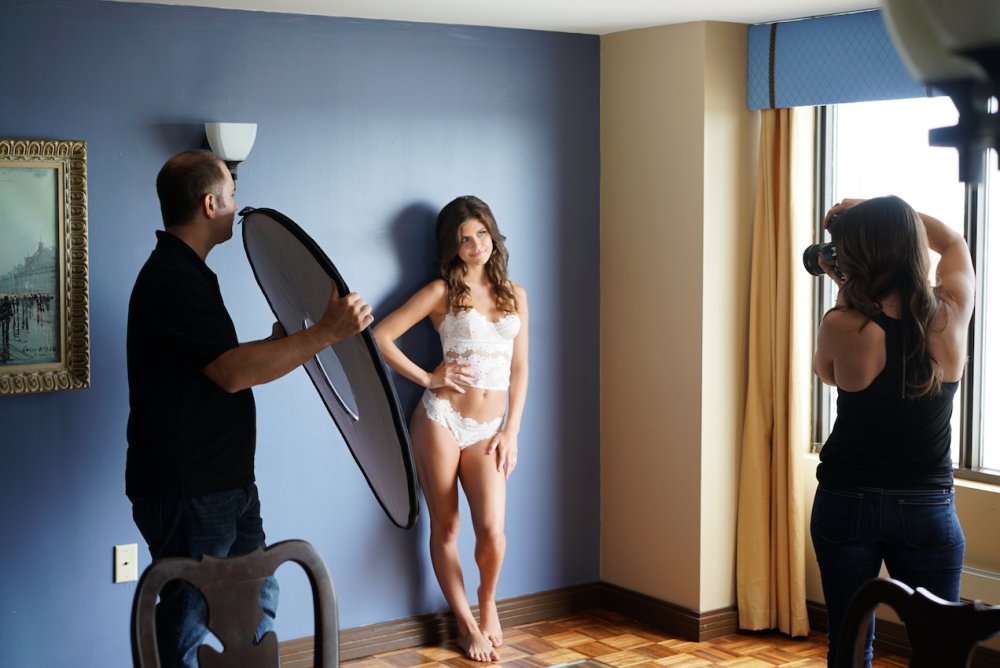
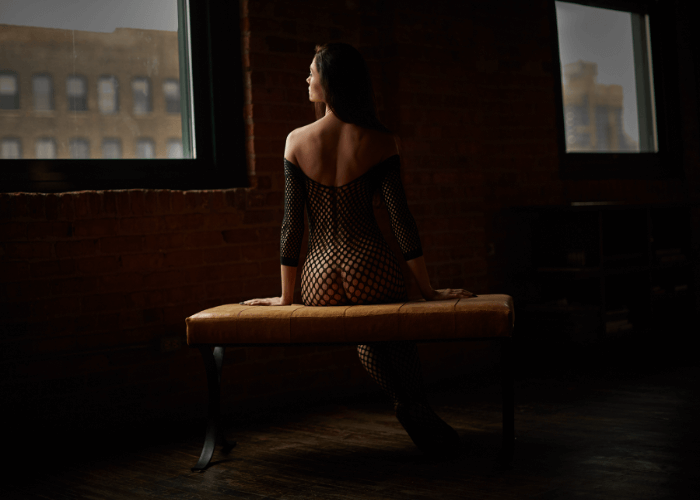
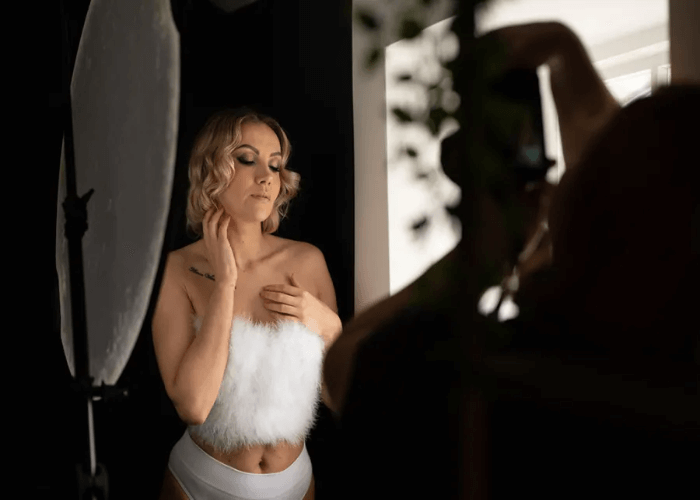
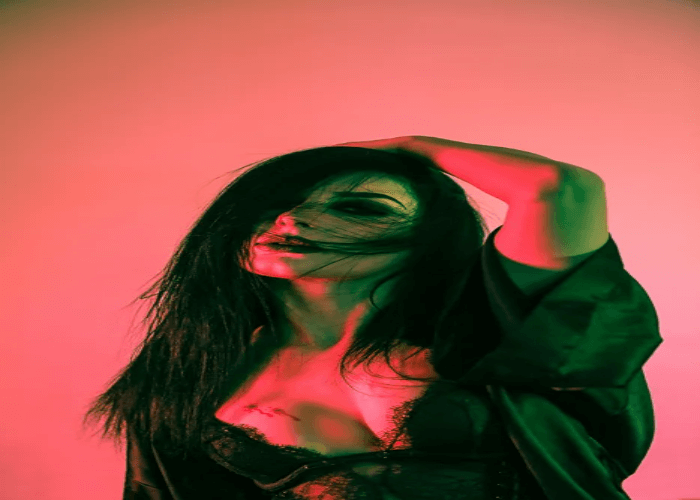
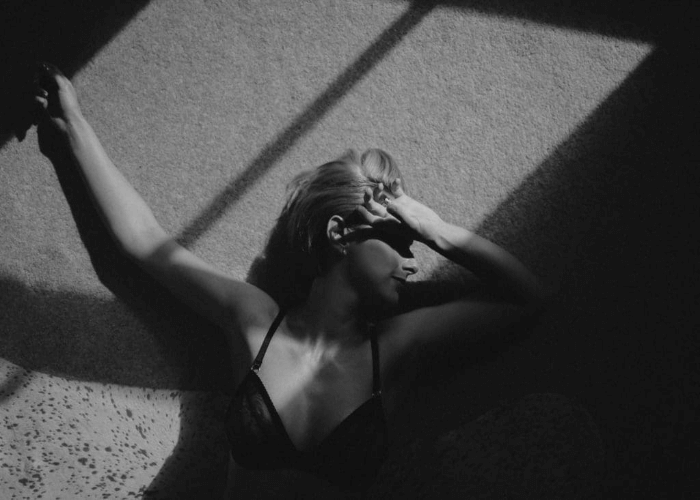
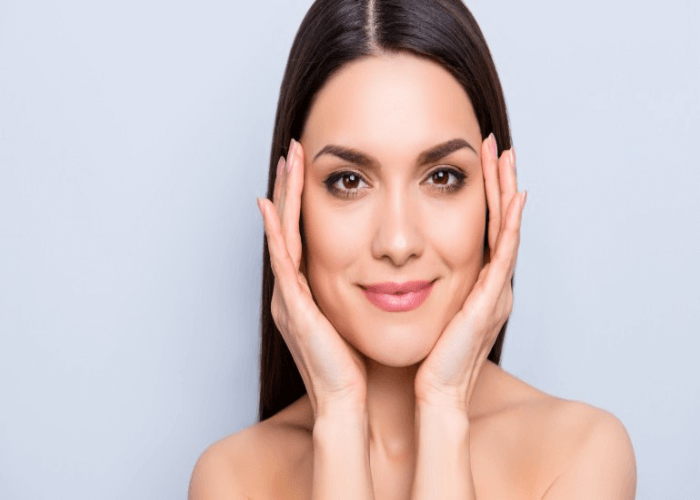
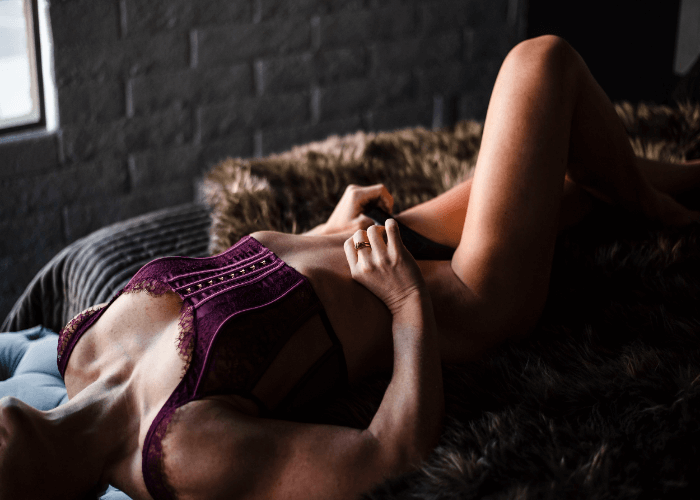
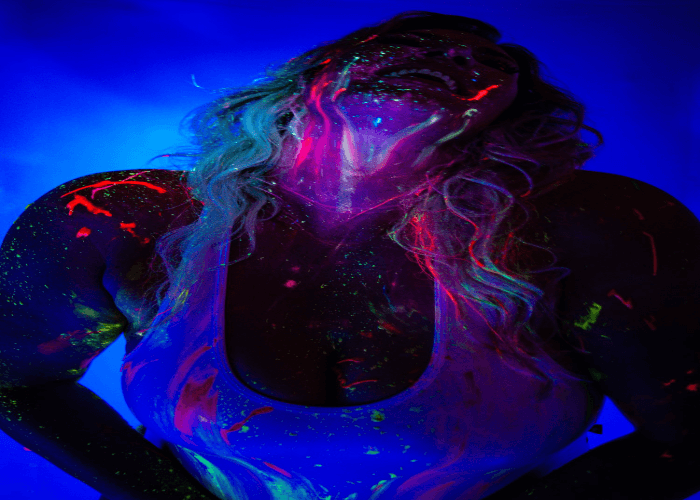
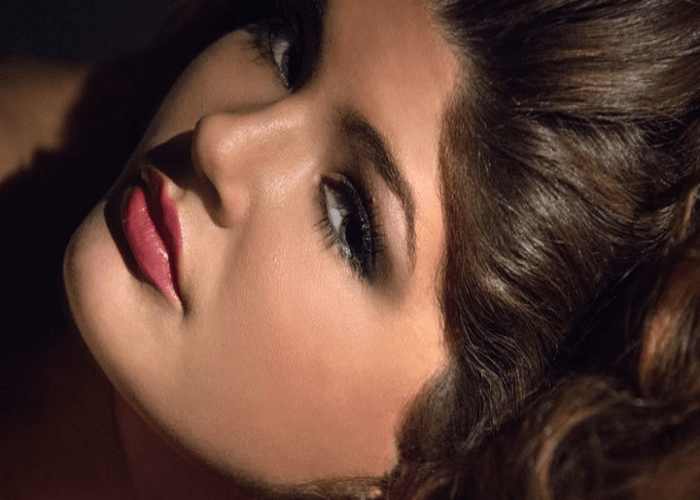
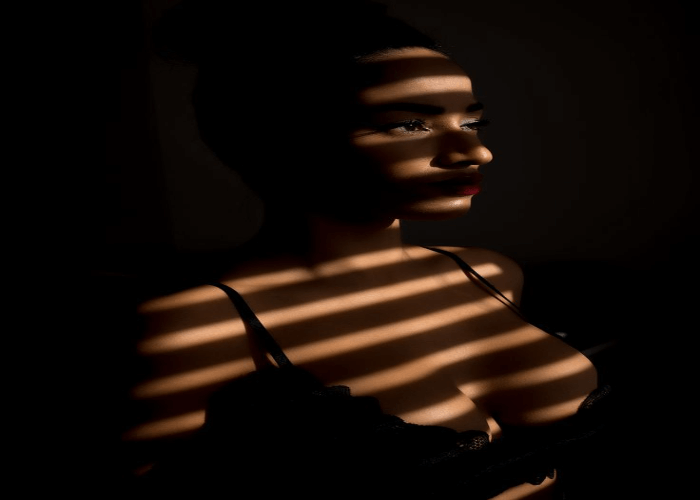
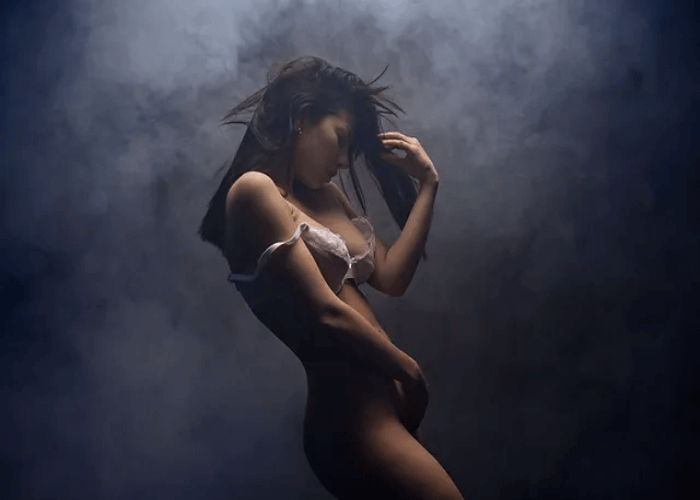
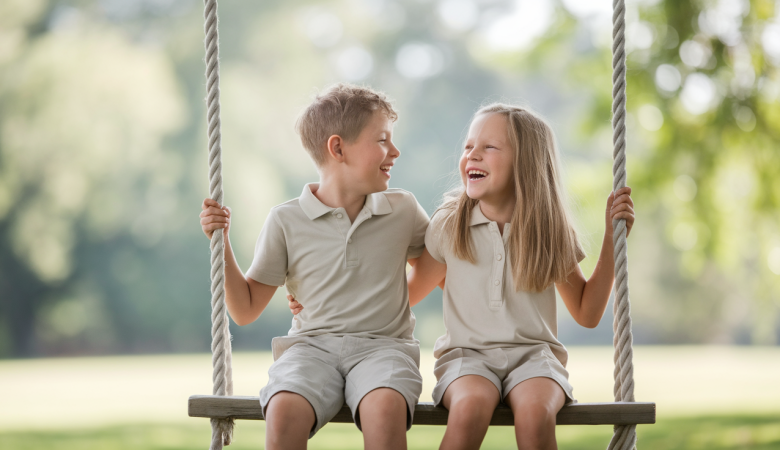
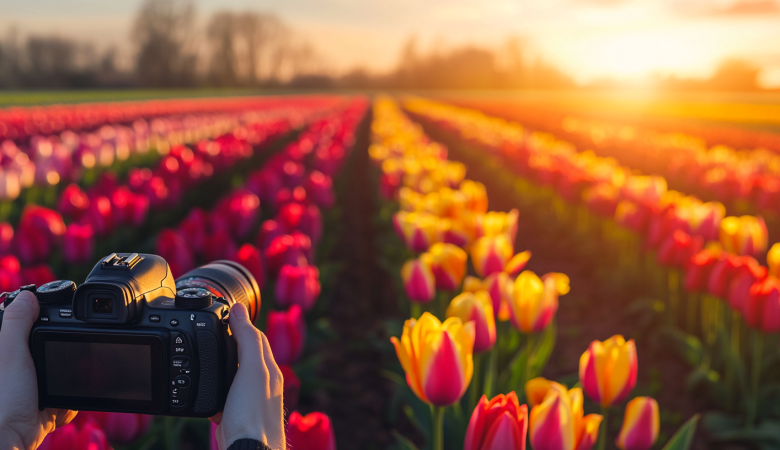
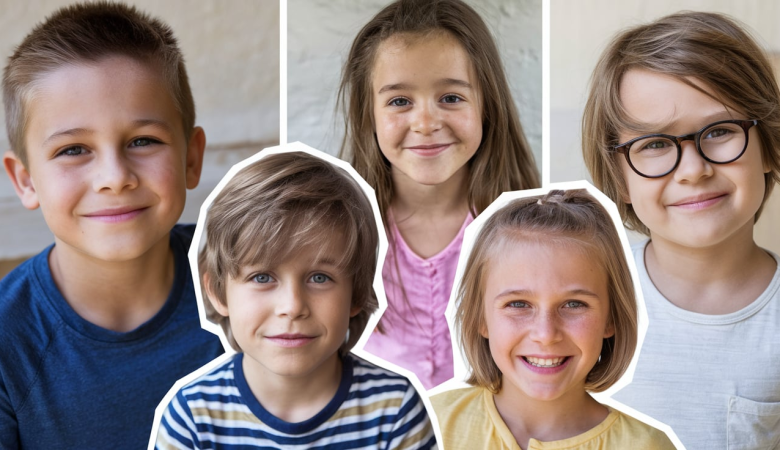
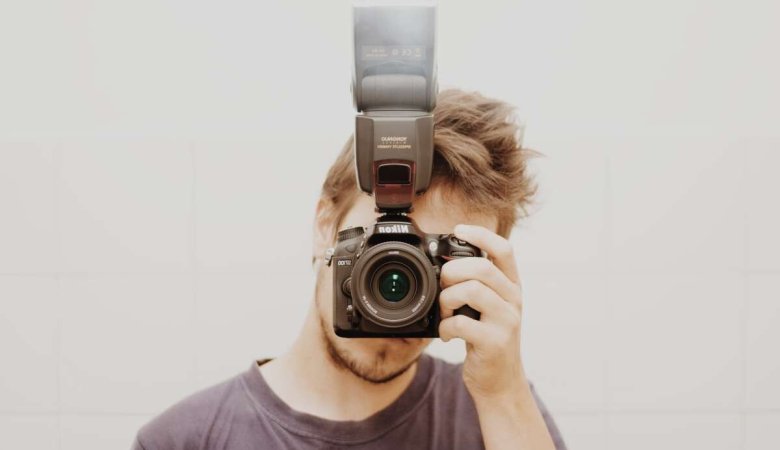
Leave a Reply